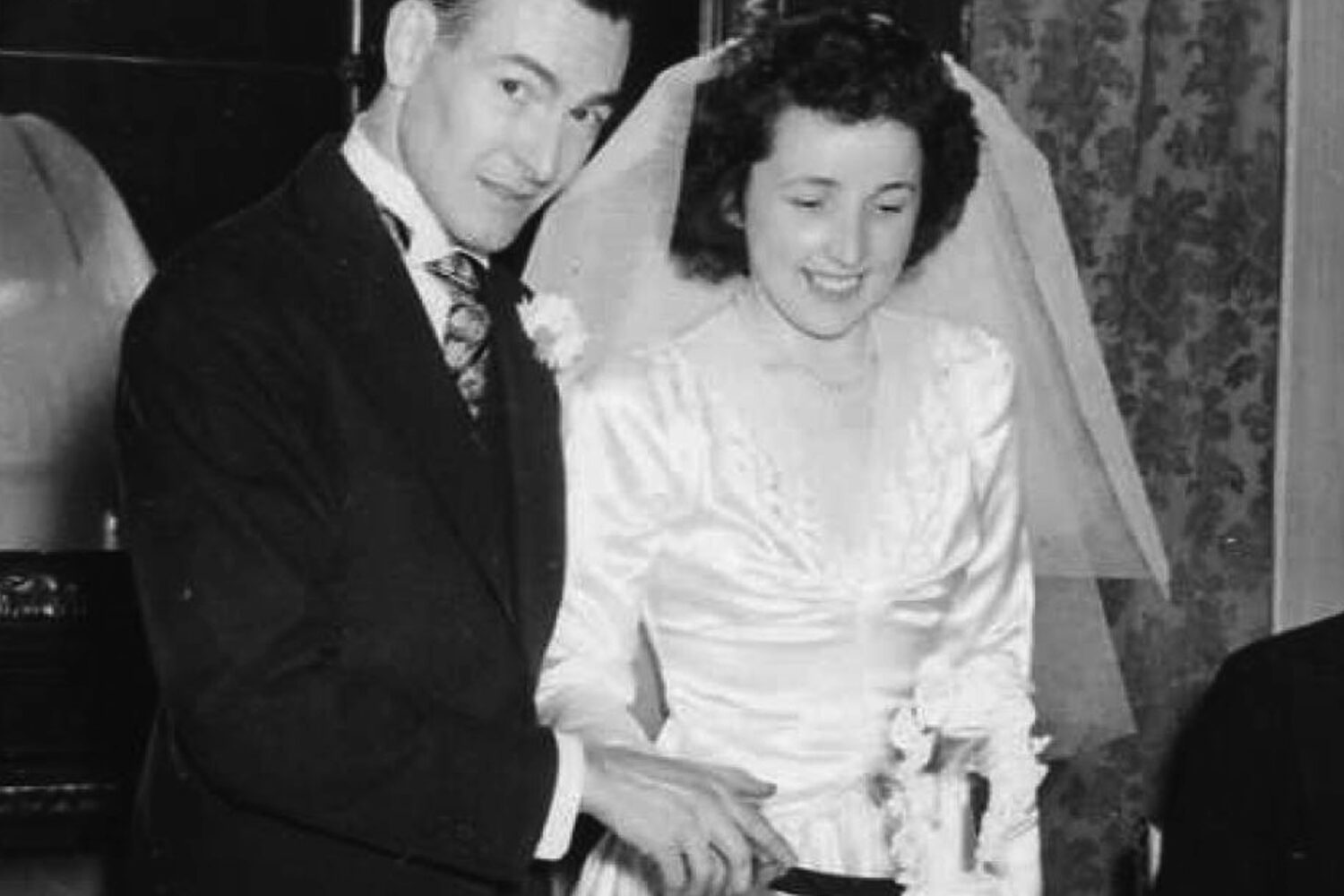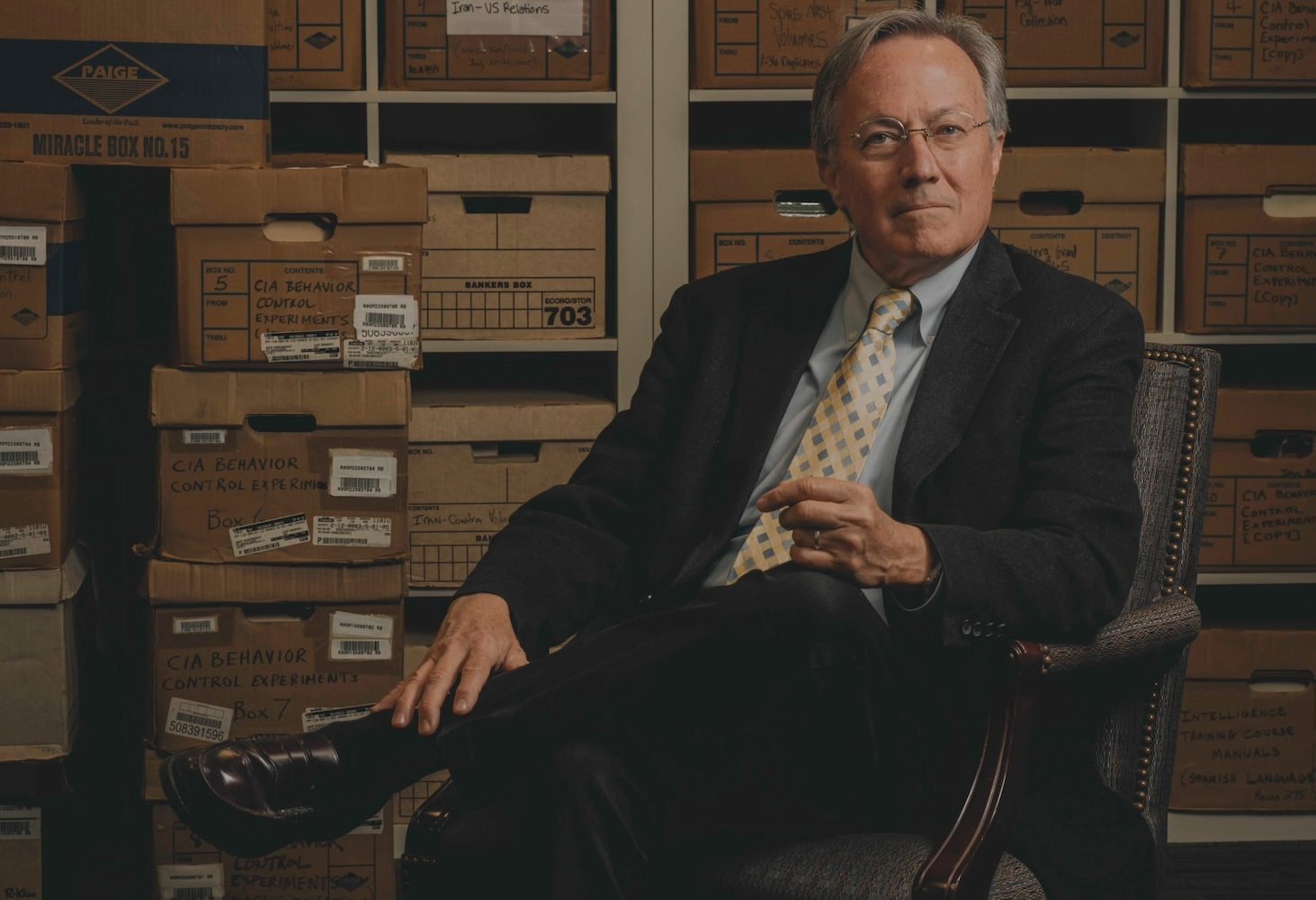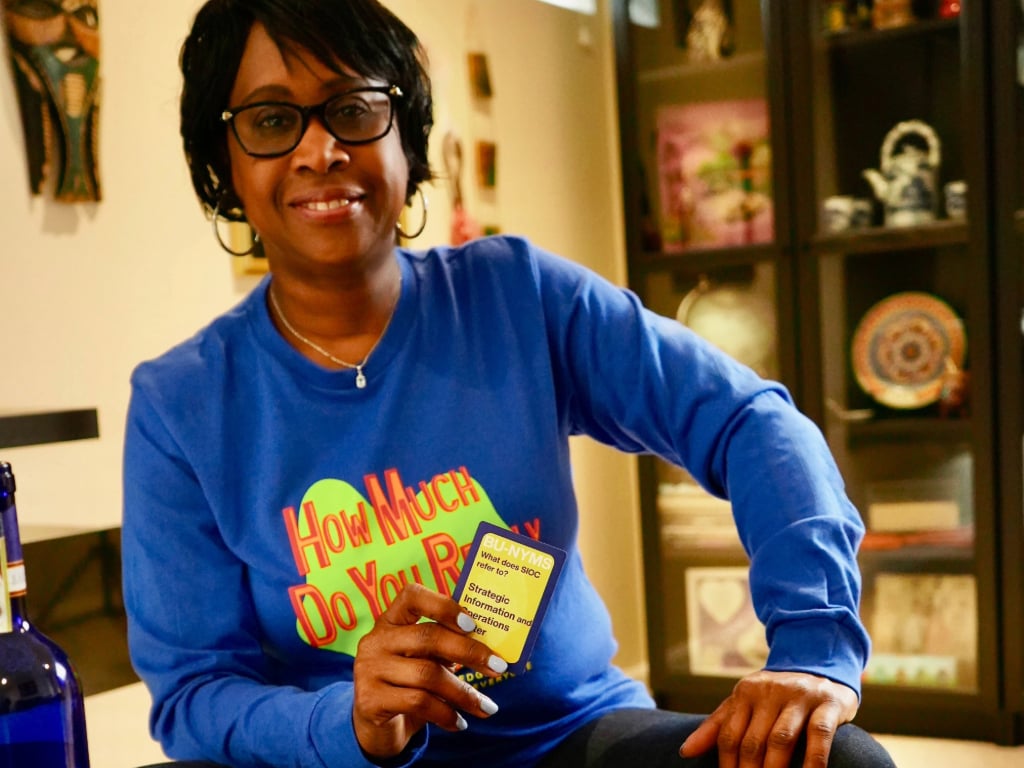The FBI has released photos and video of two men described as suspects in the Boston Marathon bombings and has asked for the public’s help locating them. FBI Special Agent in Charge Richard DesLauriers emphasized during a press conference that no detail was too small, and that these are the only two men the FBI considers suspects at this point. The public was urged to disregard other photos at this point and to call 1-800-CALL-FBI (1-800-225-5324), prompt #3 with information.
Officials did not say whether they think the suspects are part of a known terrorist group, whether foreign or domestic. A press conference in Boston this afternoon was short on details of the investigation. The man in the white cap, DesLauriers said, is believed to have put down a backpack that contained one of the two bombs.
It’s obviously too early to say definitively who these men are or how they may or may not be connected to an organized group. But three former CIA officers who I spoke with this morning–before these photos were publicized–cautioned against ruling our a foreign connection at this early stage. The former officers were in Washington to talk about their role in the upcoming HBO documentary Manhunt, about the CIA’s search for Osama bin Laden–in which they all played key roles. I’ll have more on the movie in a few weeks. I asked them to give me their read on the unfolding investigation in Boston.
They all thought that it was premature to say this is not the work of al Qaeda or some foreign terrorist group. Just because this attack doesn’t fit AQ’s previous signatures doesn’t mean the group hasn’t changed up the playbook. And just because there were apparently few, if any, warning signs or chatter in the run-up doesn’t mean that the attack must have been planned by a domestic terrorist group.
“My fear has always been that al Qaeda would go low-tech and tactical,” said Marty Martin, who was in charge of the operational hunt for bin Laden after 9/11. Martin worried that the group would move away from its trademark spectacular attacks that cause mass casualties (blowing up buildings and airplanes) towards assaults on soft targets, such as shopping malls, that might result in fewer deaths but still end up sewing panic and confusion, and that are easier to plan and harder to interdict. The finish line of the Boston Marathon, Martin said, is a very soft target and a very high-profile one.
When bin Laden was alive, al Qaeda tended to favor bigger, large-scale attacks. But now that he’s dead, the strategy may have shifted, noted Cindy Storer, an analyst who was part of the CIA “sisterhood” following bin Laden’s trail in the 1990s. Martin added that an Egyptian, Ayman al-Zawahiri, bin Laden’s long-time no. 2, is now in charge of the group, and that Egyptian terrorist groups have historically used the lower-scale, tactical attacks like the one in Boston.
Nada Bakos, a former CIA targeting officer who tracked al Qaeda in Iraq, also urged people not to over-generalize al Qaeda. There are multiple variants and offshoots. Might the Boston attack have been executed by a group that hasn’t shown up on the radar yet? Al Qaeda and its affiliates have also successfully recruited westerners and others who might draw less suspicion and have an easier time entering the United States, she said. Indeed, the group has made no secret of its desire to do so.
Everyone cautioned they were just speculating, but their insights were nevertheless instructive. For instance, despite some commentary that the attack must be the work of amateurs because it didn’t kill more people and involved improvised bombs, all three former officers said the attack reflected a high degree of skill, and possibly some significant training. For starters, the attackers–they didn’t know how many there were this morning–built two bombs that went off as planned. That’s not as easy as you might think. Building an explosive device that works as intended it not as simple as following a recipe on the Internet. Faisal Shahzad, the Times Square car bomber, couldn’t do it. Neither could Umar Farouk Abdulmutallab, the Underwear Bomber who tried to blow up an airplane mid-flight.
Second, the attackers were able to “infiltrate, execute, and exfiltrate,” as Martin put it, meaning they got to their target, planted and set off the devices, and then got away without being caught. Martin called that “disconcerting.” Pulling off this kind of mission isn’t easy, and the fact that investigators are coming up short on leads lends credence to the idea that the attacker may have been trained in how to avoid detection. Martin speculated that they might have used disguises like wigs or hats, which would make them harder to find now. (In the photos, both men are wearing ball caps. One is wearing sunglasses.)
Even though the signs don’t point to a traditional al Qaeda attack, that doesn’t mean it was planned at home or is the work of a lone-wolf. We could be witnessing something new, or a variation on an old strategy.









